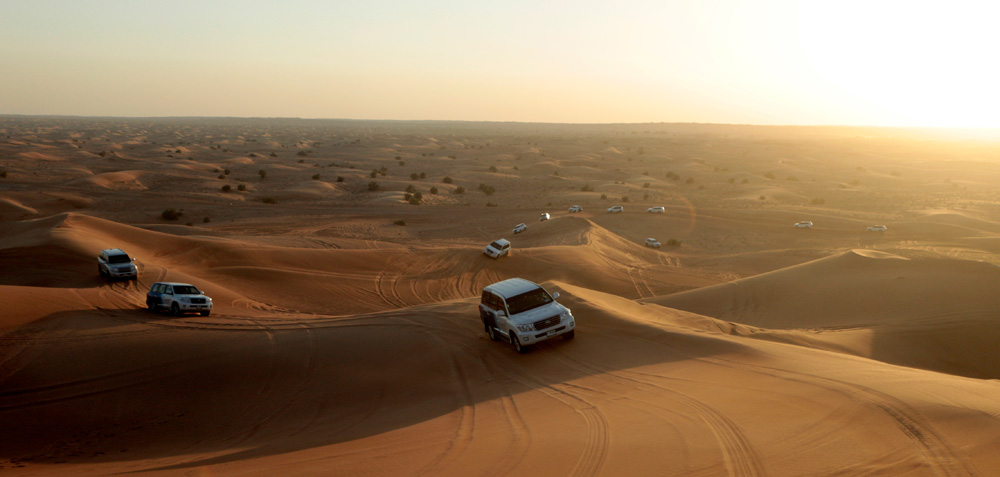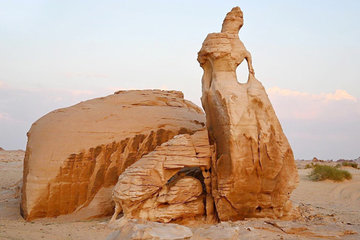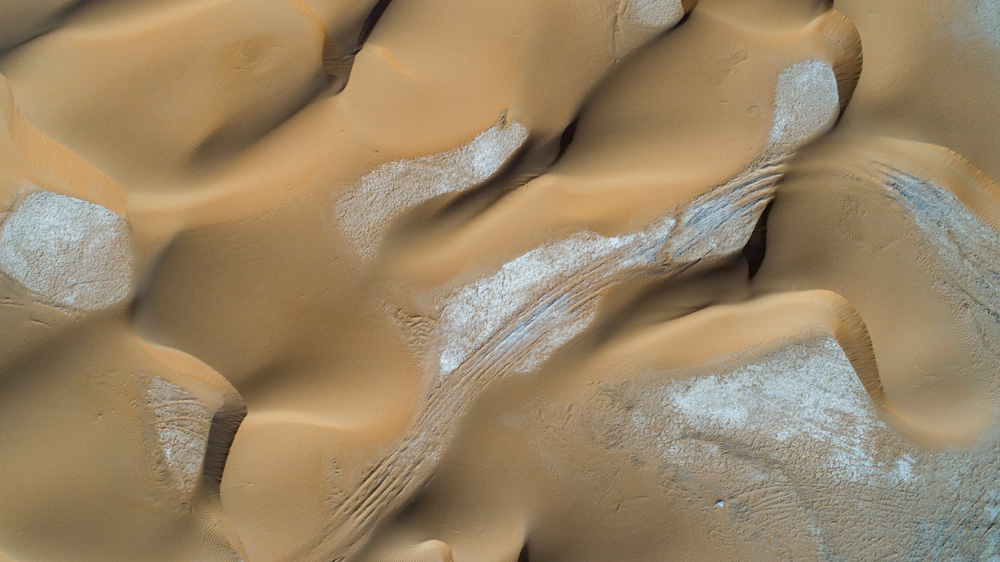
Across the globe, the Arabian Desert, the world’s fourth largest desert that stretches across the Arabian Peninsula from Yemen to the Persian Gulf, is known by many. However, not many people have heard of Rub’ Al Khali, also known as the Empty Quarter, the largest portion of the Arabian Desert that covers an area of about 650,000 square kilometers, parts of which have been explored by very few adventurous travelers and usually with the help of tour agencies.
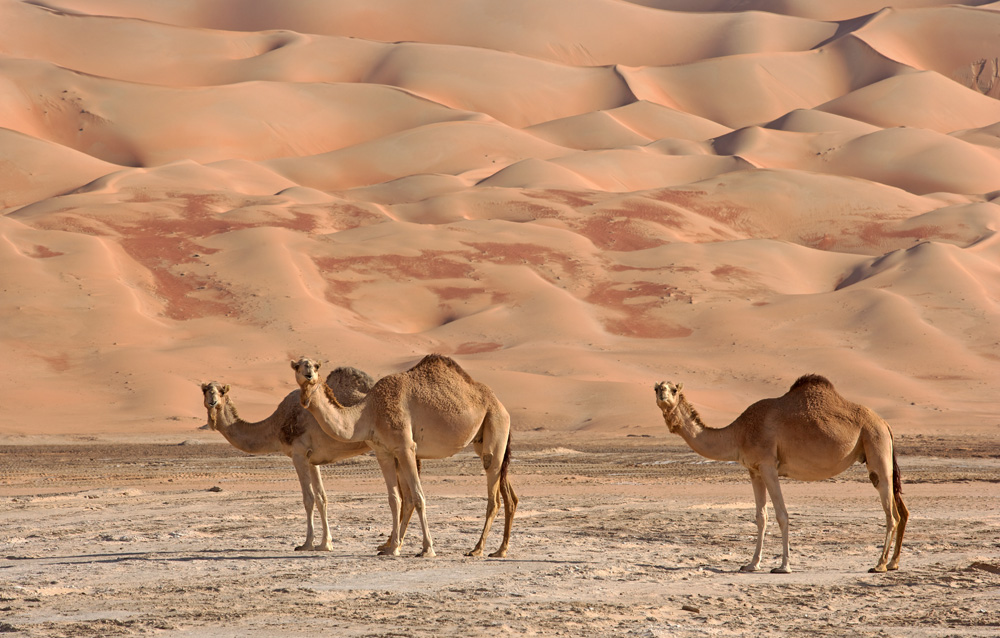
Camels in the Empty Quarter. Straddling Oman, Saudi Arabia, the UAE and Yemen, this is the largest sand desert in the world.
As the largest area of continuous sand in the world, Rub’ Al Khalil occupies over one-fourth of Saudi Arabia’s total area, as well as small sections of Yemen, Oman, and the United Arab Emirates (UAE). Virtually uninhabited, Rub’ Al Khali is sparsely populated today by Bedouins from a number of tribes such as the Banu Yam and Banu Hamdan of Yemen, the Najran region of Saudi Arabia, and Bani Yas in the UAE.
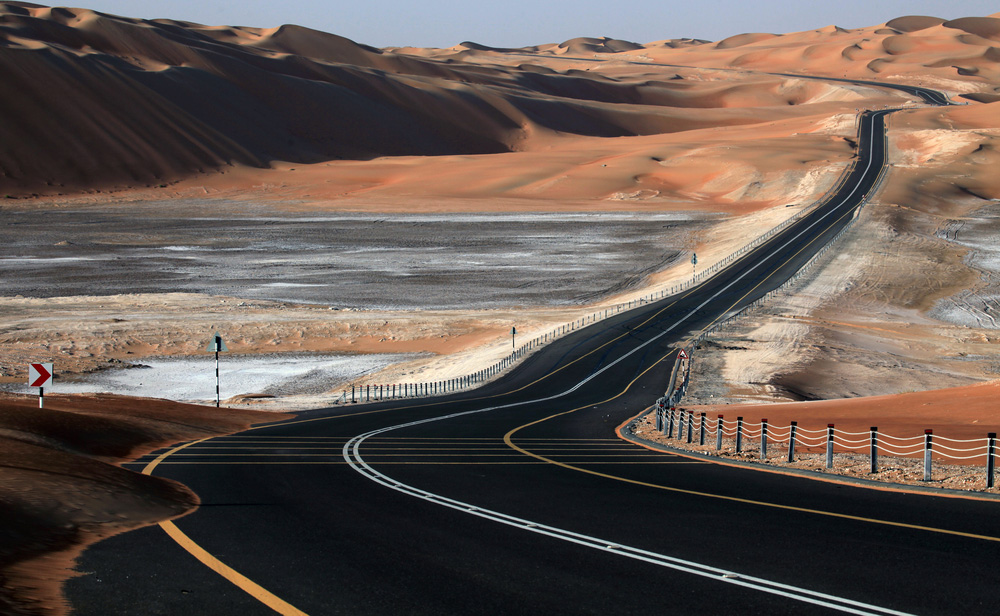
According to Britannica, Rubʿ Al Khali is known for its varied topography. In the west, it rises as high as 610 meters above sea level and its sand is fine and soft. In the east, its elevation is much lower, at around 180 meters, and here it has spectacular sand dunes, sabkhahs (salt flats), and sand sheets.
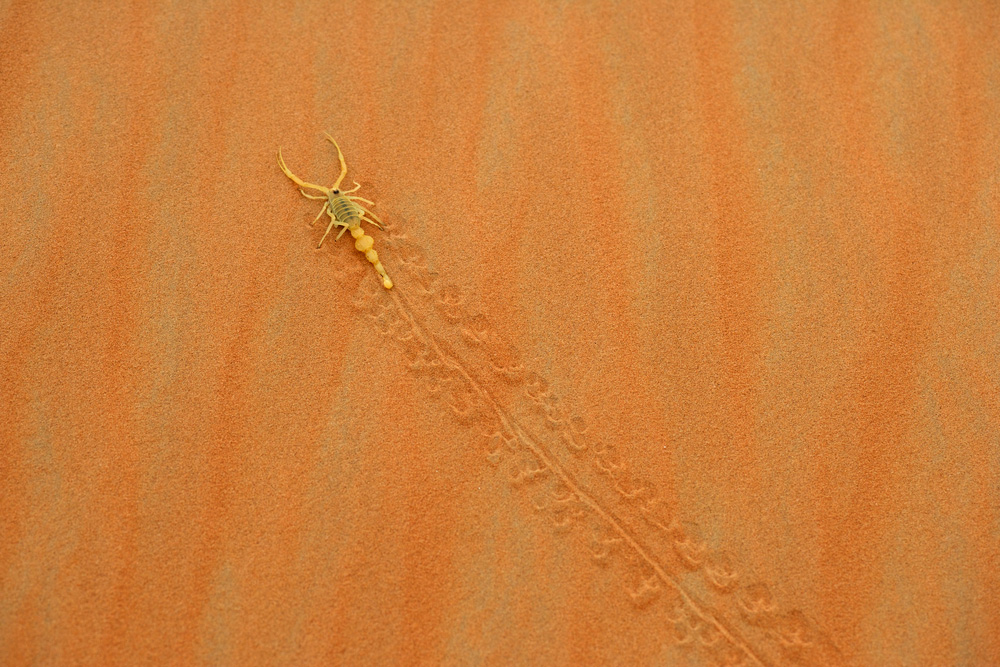
A highly venemous Arabian scorpion, Apistobuthus pterygocerus, leaving its tracks on a sand dune in the Empty Quarter Desert.
This expanse of stunning terrain is also one of the driest regions in the world. Said to be largely unexplored, it holds vast reserves of petroleum and groundwater beneath its sands. In addition, as reported by Saudi Gazette, some archaeologists believed that the ancient civilization of Ād described by the Qur'an as “Erum of the Pillars, the like of which was never created on the land,” is buried under the sands of this desert.
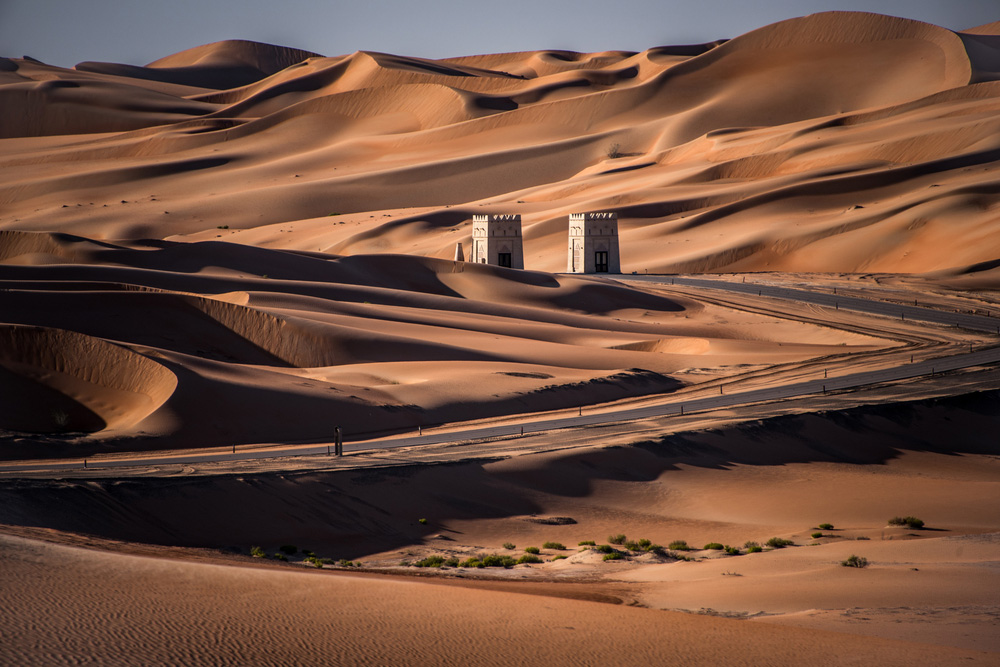
Speaking to the news site, geologist Hamoud Al-Shanti explained “[s]everal geological studies conducted on Rub Al-Khali have affirmed the existence of human settlements that lived near water basins. Arrow heads found in those areas confirm the practice of fishing, and that humans dwelt at the site continuously over the years.”
